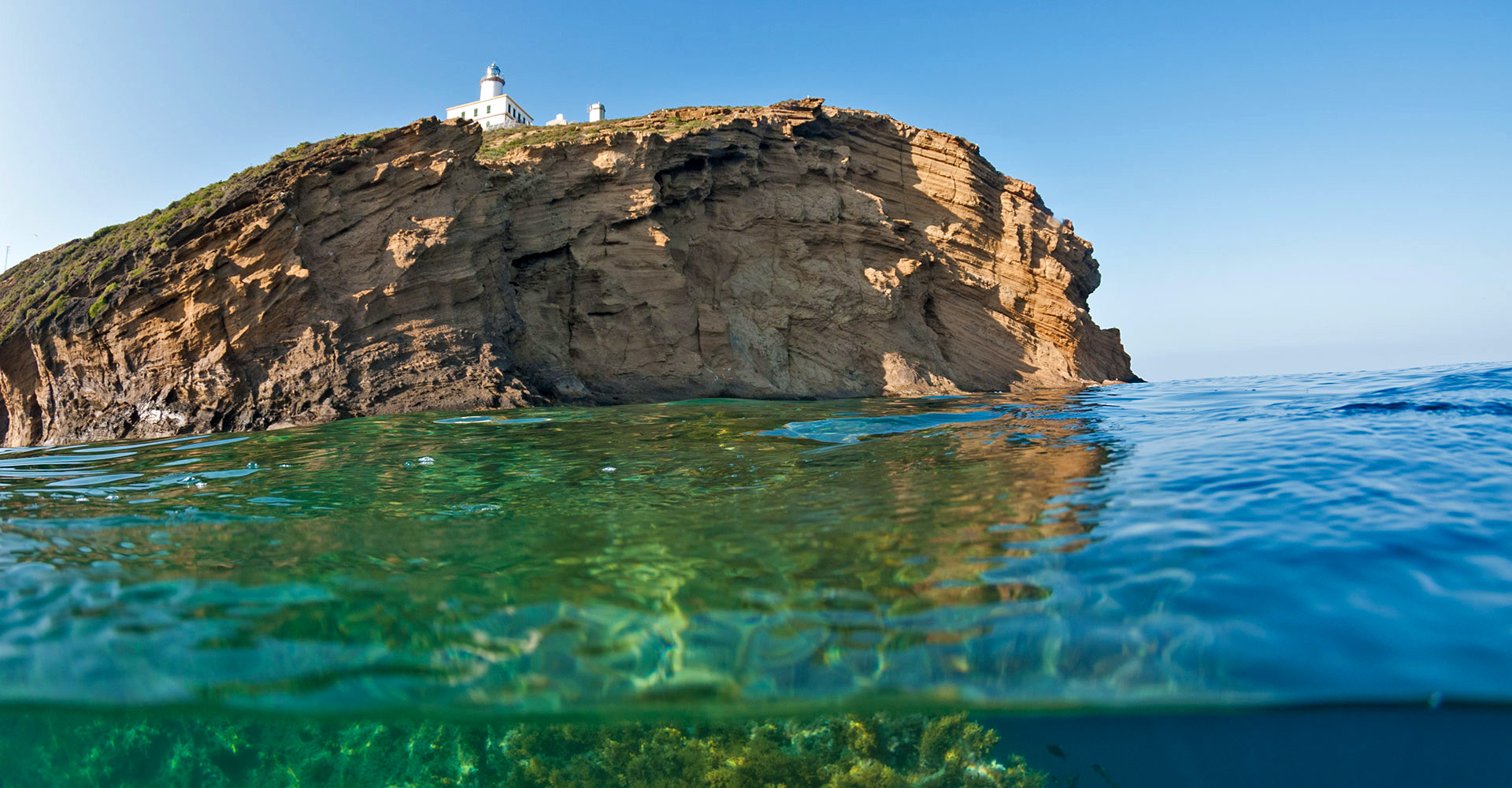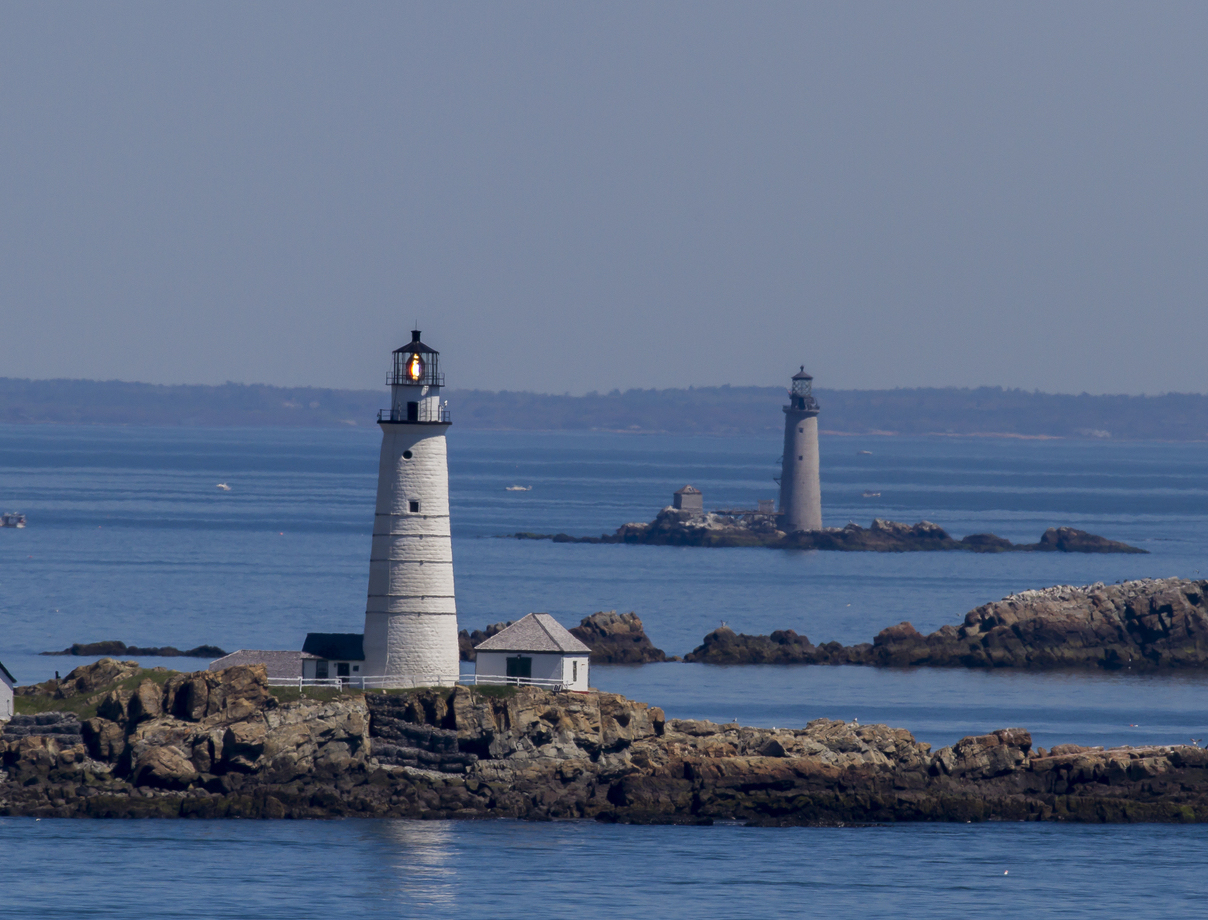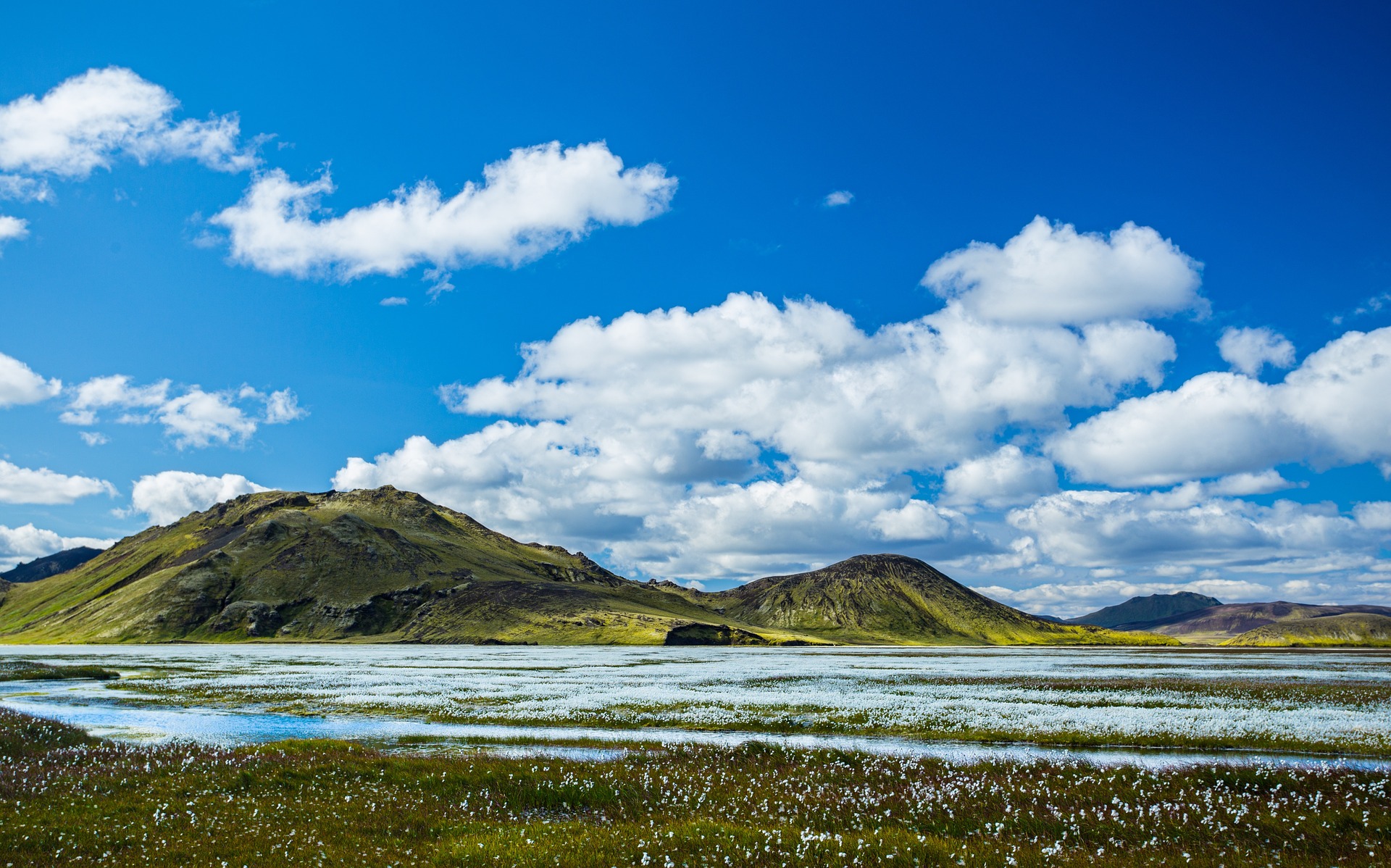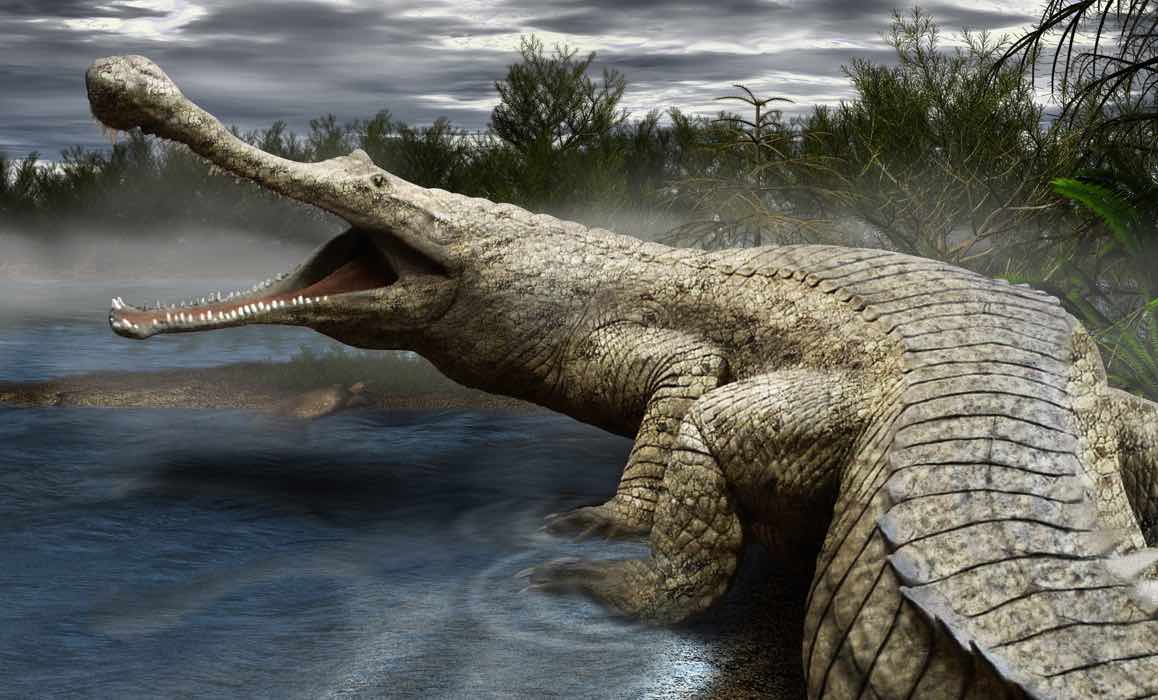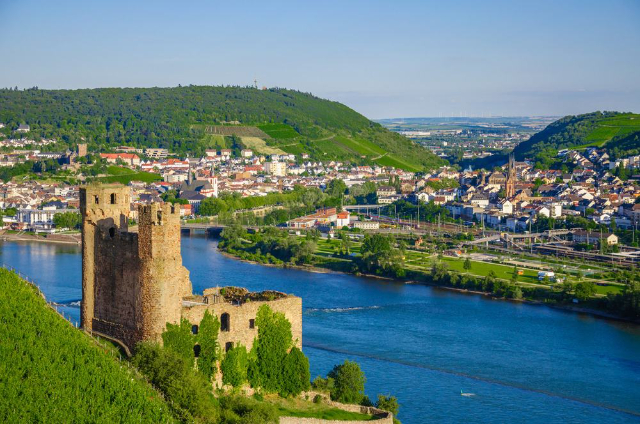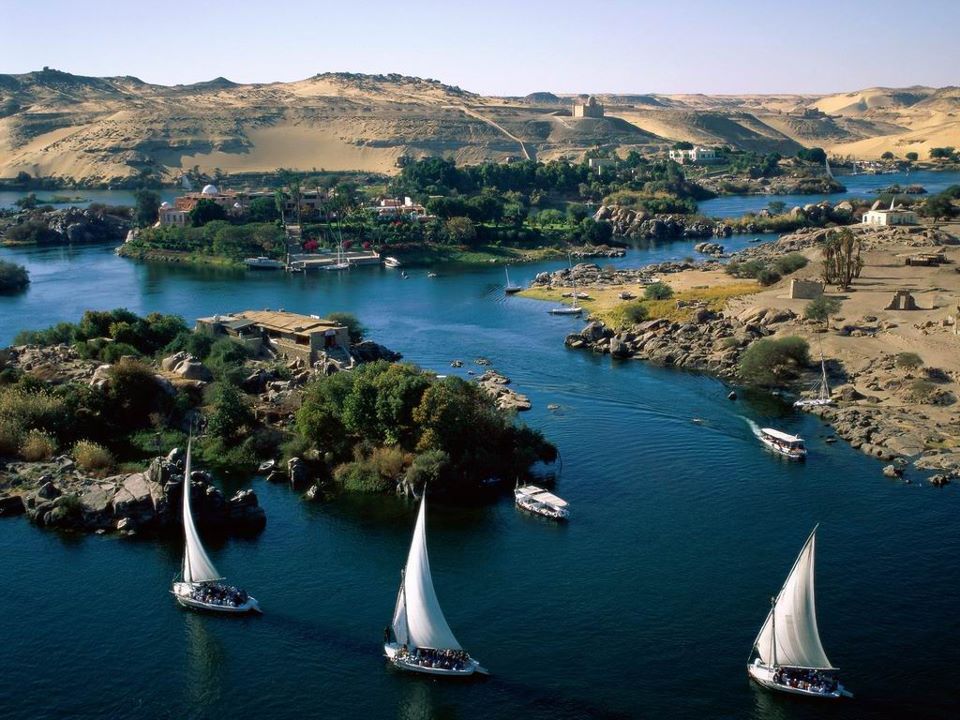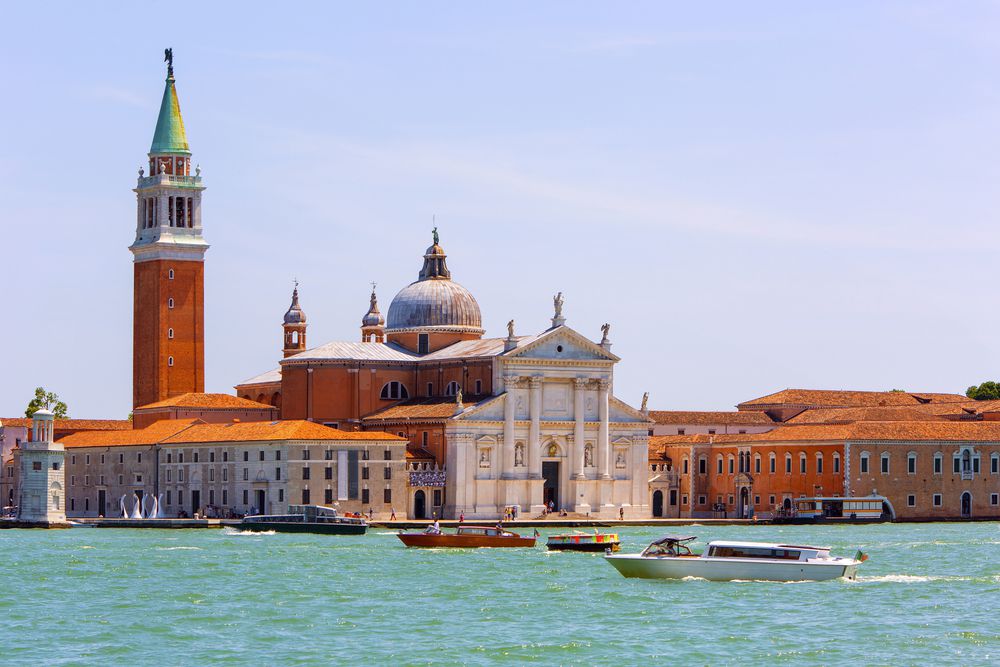The columbretes archipelago is formed by four small groups of volcanic islands, located about 30 miles (56km) from the coast of castellon. The groups of islands are: columbrete grande (or illa grossa in valensiano), perrera (or la ferrera), horadada (or la foradada) and el bergantin (or el carallot); the islands also include numerous low cliffs, whose orography is characterized by the presence of small craters and volcanic chimneys. These islands are one of the minor archipelagos of greatest ecological interest in the Mediterranean. The islands have a very interesting history that begins with their names: the origin is due to the impression that had the first Greek and Latin visitors, who chose the name of colubraria or ophiusa, affected by the large amount of snakes found around them. Lisola was ironed and set on fire to kill all the vipers. The last survivor of this species was recorded at the end of the 19th century. The islands were a kingdom of honest fishermen, but also of smugglers and angry pirates until the early 19th century. The normalization of this archipelago finally arrived in the middle of the 19th century with the construction of the lighthouse (1856-1860). The arrival of the lighthouse and its keepers led to a rather impressive change in the unspoiled environment of the columbretes that had been until then, the small colony of keepers left the islands in 1975, when the lighthouse was automated, and the columbretes remained uninhabited until 1987, when the first control services for the Valencian generalitat were installed, located at a depth of about 80 meters, the columbretes represent the best example of volcanism in Spain. Large lilac is formed by several chained craters and is the largest of all the columbretes islands. It is made up of the remains of an ancient crater. It has the shape of an ellipse of about one kilometer. Lisola is one of the favorite destinations for divers. Some fish are unique.
